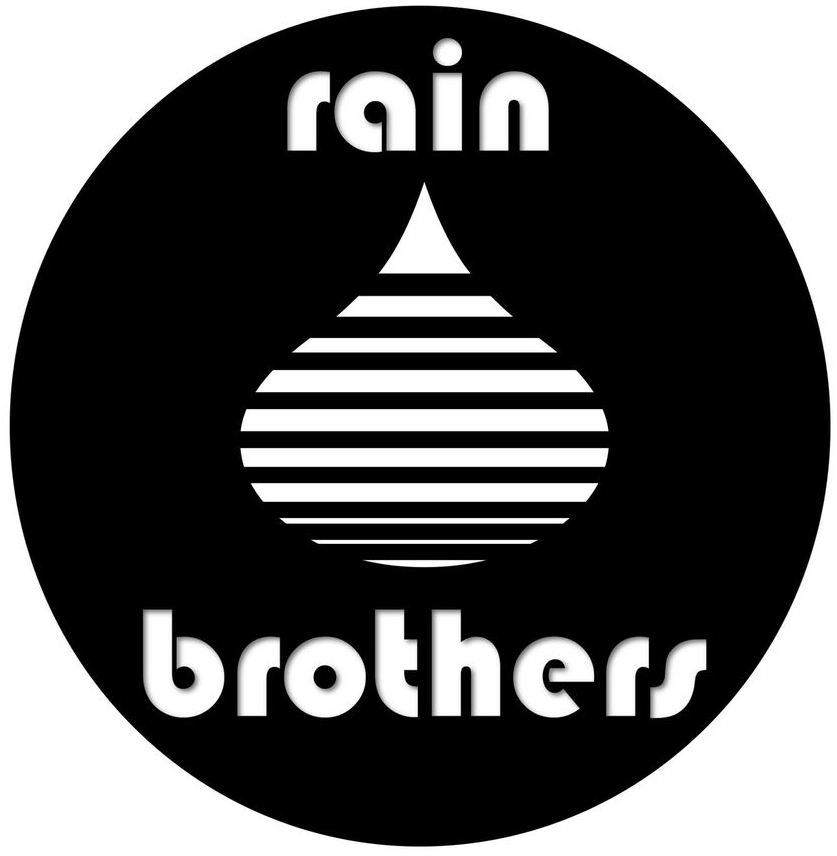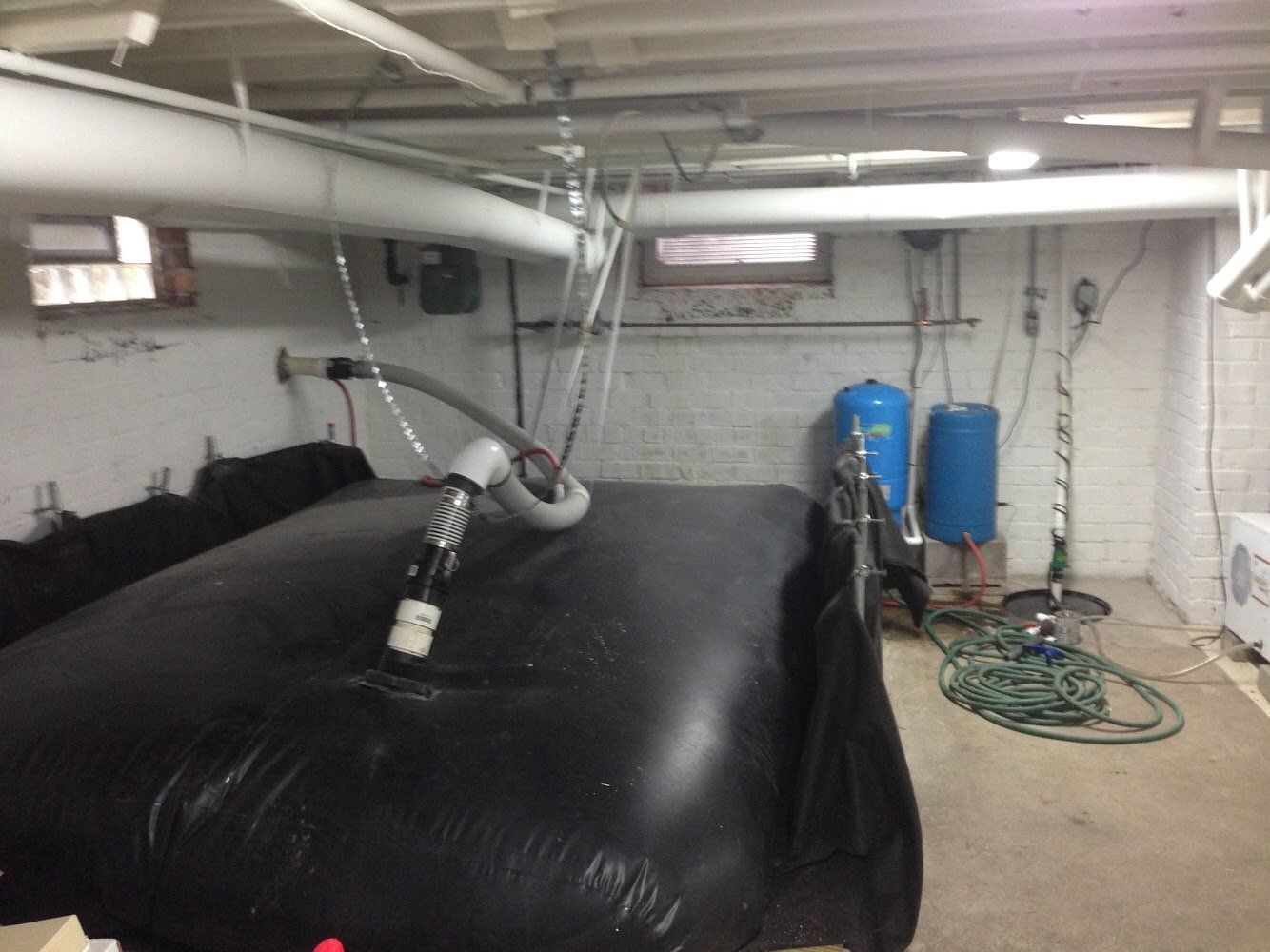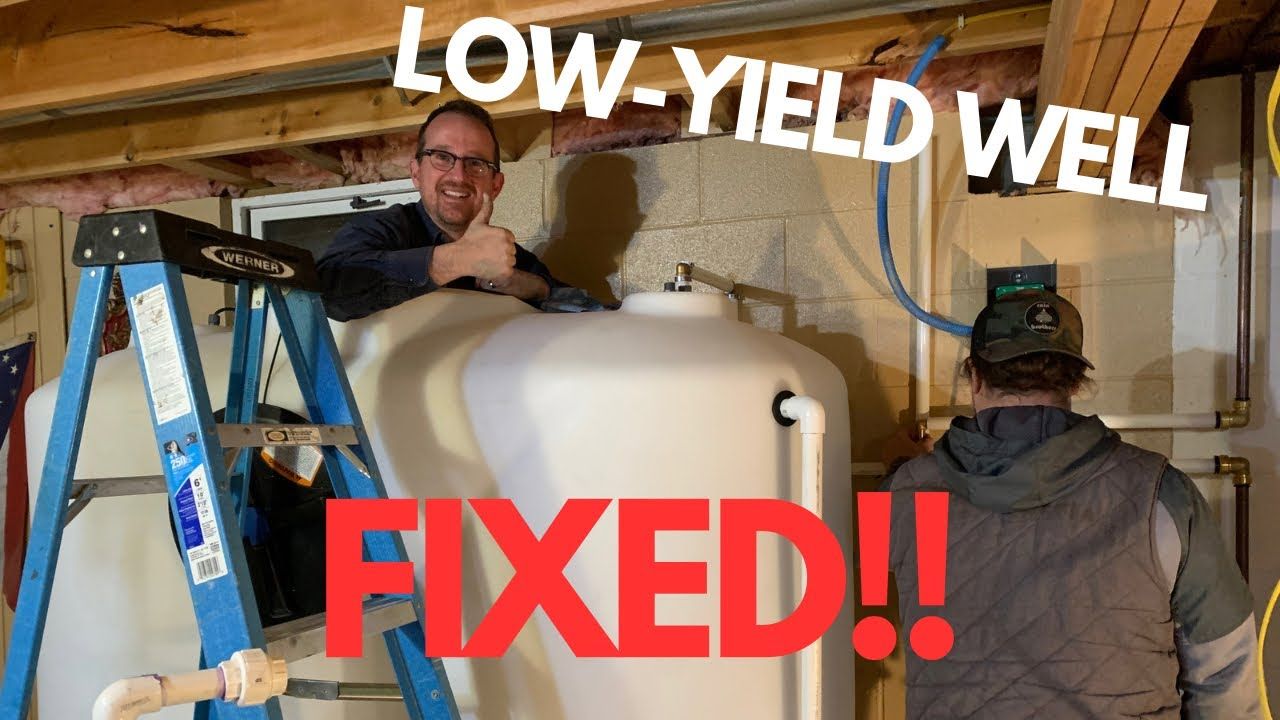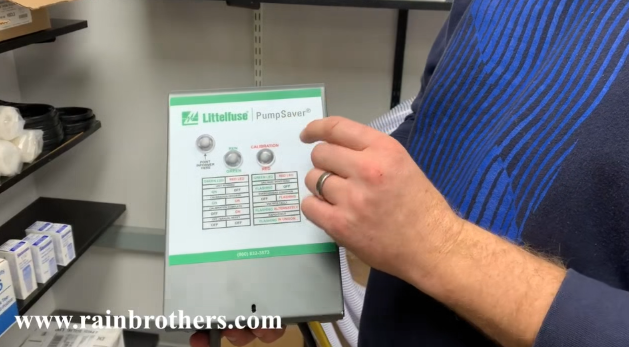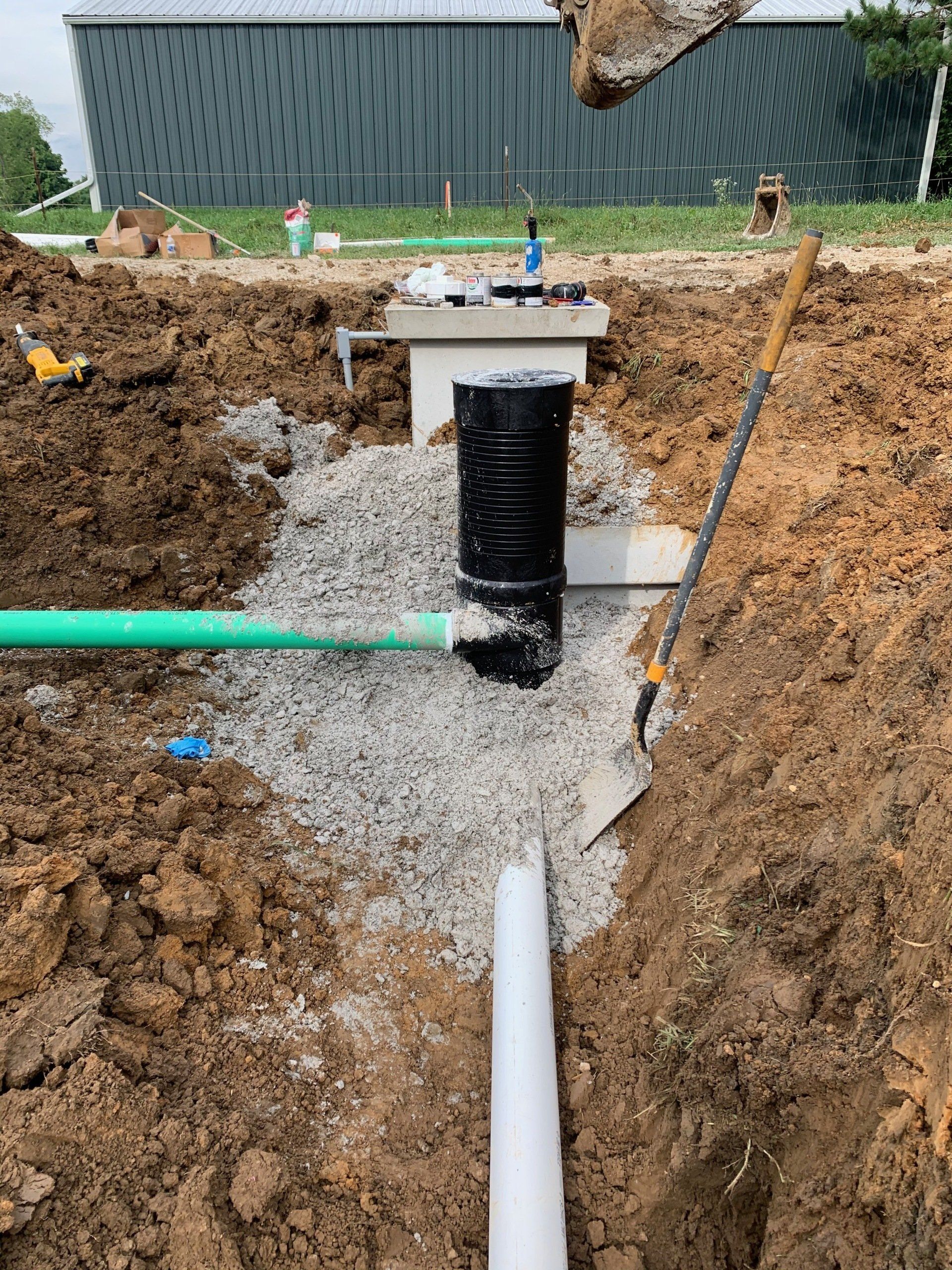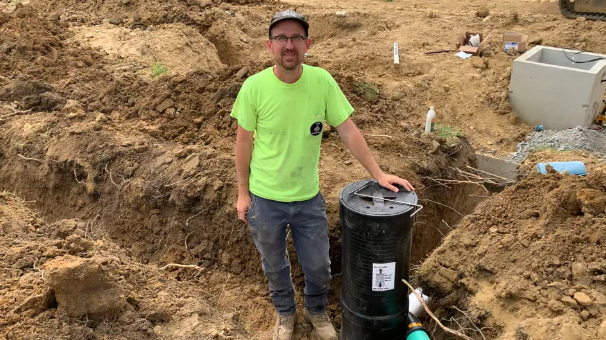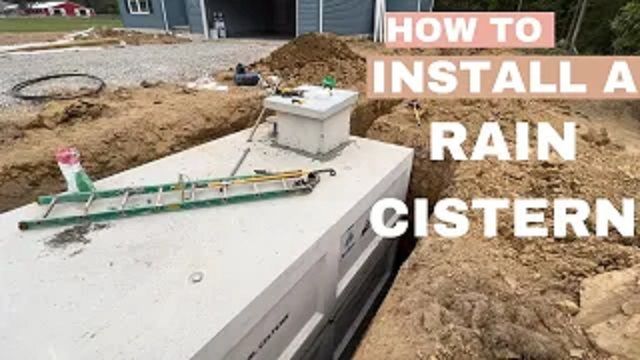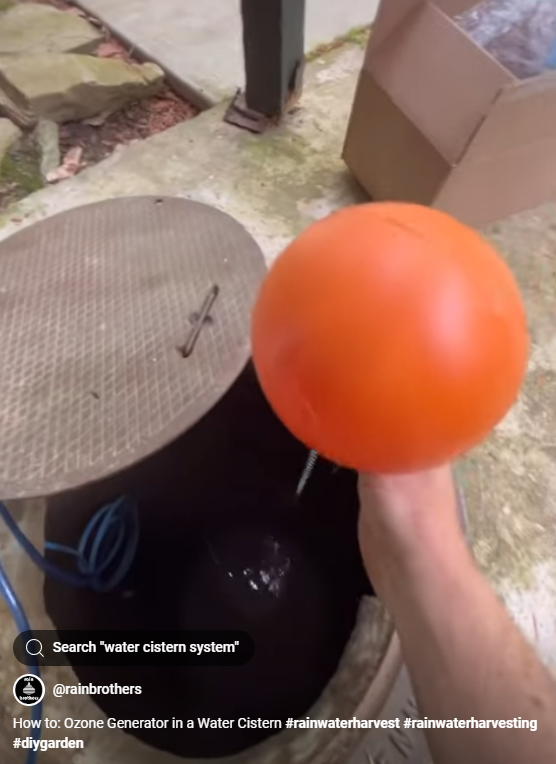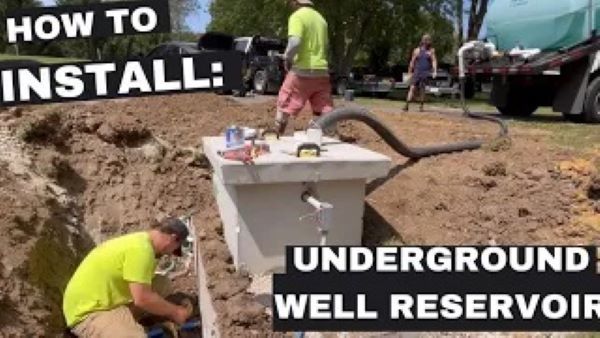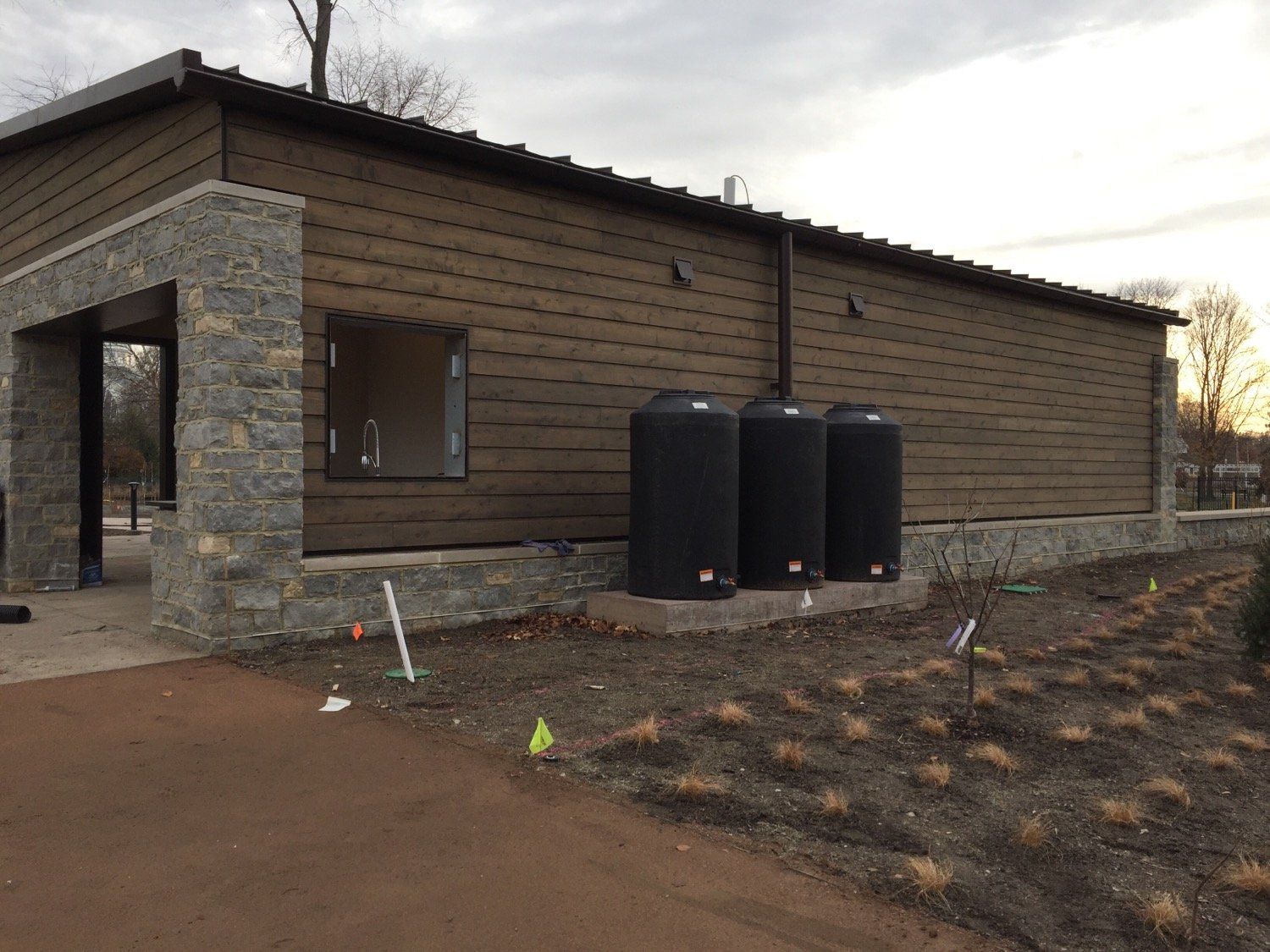Why rain bladder tanks/pillows are a really bad idea
Considering a bladder tank for your rainwater harvesting project?
May I suggest going back to the drawing board?
Yes, you've probably seen them advertised as the perfect option for harvesting rainwater underneath your deck or in that unused crawl space. What better way to implement a cost-effective rainwater harvesting solution!
But rain bladders (or "rain pillows" as they're sometimes known as) are fraught with issues. And, here, I'm speaking as a professional rainwater system installer with well over a decade of field experience who has tried -- and failed -- at capturing rainwater in bladders. Here are my concerns with this type of system:
1) Flexibility. They are flexible. And, in being flexible, they are unpredictable. They shift, they expand, and they move. Three things that you don't want in a water storage scenario. And because they move, you have to map out all the ways in which they can move as you're planning your install. No thanks.
2) Expandability. If you press the supplier of your rain bladder, they'll likely be forced to admit that the fabric that is used to retain the water (which, by the way, is undoubtedly quality fabric!) is one that cannot stop expanding. If more water comes, the bladder will get bigger. And bigger. And bigger. And while it may have to get extremely large before it ever reaches a tear point, the problem with the expansion is not in the fabric -- it's in the surrounding structure(s). For instance, if it's in a crawl space, an ever-expanding bladder can serve as a hydraulic lift on the floor joists above. Same is true with a deck. Bad idea.
3) Do you need a third reason at this point? Ok, I'll keep going. Bladders cannot be cleaned. This means that your pre-filtration has to be extremely refined, which is difficult to accomplish if you want to harvest large quantities of water. In my experience, you want a rain catchment system that is cleanable to ensure that you have great water quality.
4) Still here, eh? Alright, I got another for you... Bladders are difficult to plumb. Because they flex and move and shift and expand, running a plumbing connection to them (either from your downspouts or to a pump) is difficult to accomplish. You have to really know your way around plumbing fittings and different types of pipe to be able to plan for flexibility while ensuring water-tight connection points. And if you don't plan well, then you've got all your drainage going to exactly the spot where you won't want it -- inside your house (if you're looking to install in a crawl space) or under your deck. And you probably won't know there's an issue with your plumbing connection until you're three inches into a heavy rain event.
5) Good luck pumping from them. You have two options when it comes to pumping: submersible or external. Submersible pumps are not an option for rain bladders because there's isn't enough height, and you run the risk of burning a hole in the fabric. So that leaves an external pump, such as a jet pump. In order for a jet pump to work, the water from the bladder has to gravity drain into a check valve and then into the pump (you can't install a foot valve in a bladder so gravity draining is the only option). In order for the water to gravity drain to your suction end of a jet pump, the pipe has to leave the bladder at the bottom of the bladder. However, putting a pipe on the bottom of a bladder can create the opportunity for the weight of the water inside the bladder to shift onto that pipe, thus crushing it or breaking it. So then you're option is to put it on the side of the bladder toward the bottom. But because bladder tanks don't get very tall (unless they overfill), it is difficult to get the water inside the bladder to drain toward the pump, so much of the bladder will prove to be unusable.
In all my years putting in rain systems, I installed exactly three bladder systems. I am a careful planner and really wanted the idea to work. One never worked (and not for lack of trying on my end). One worked well, but for a short period (but this one was installed outdoors and not under any deck, so movement/shifting/drainage was not a concern). And the third required constant vigilance and innumerable sleepless nights on my end (not to mention a ton of creative engineering) in order to work, and, even that one proved to be too much work for so little pay-off.
Being a contractor in an uncommon field like rainwater harvesting means that I have had to learn a lot of lessons on my own. And I made a lot of mistakes early on and had to pay for every one of them.
Rainwater harvesting into bladders is one mistake I will never make again.
